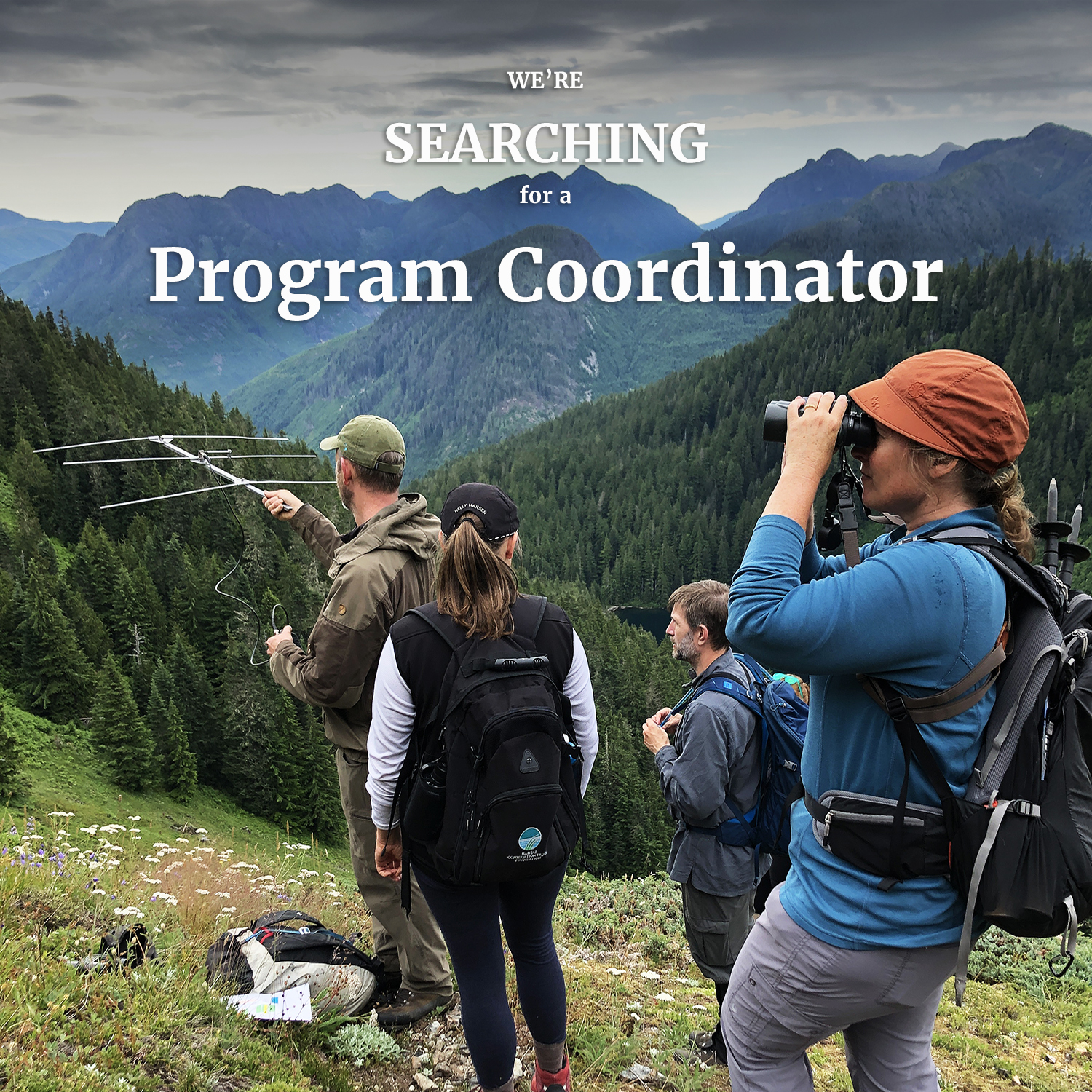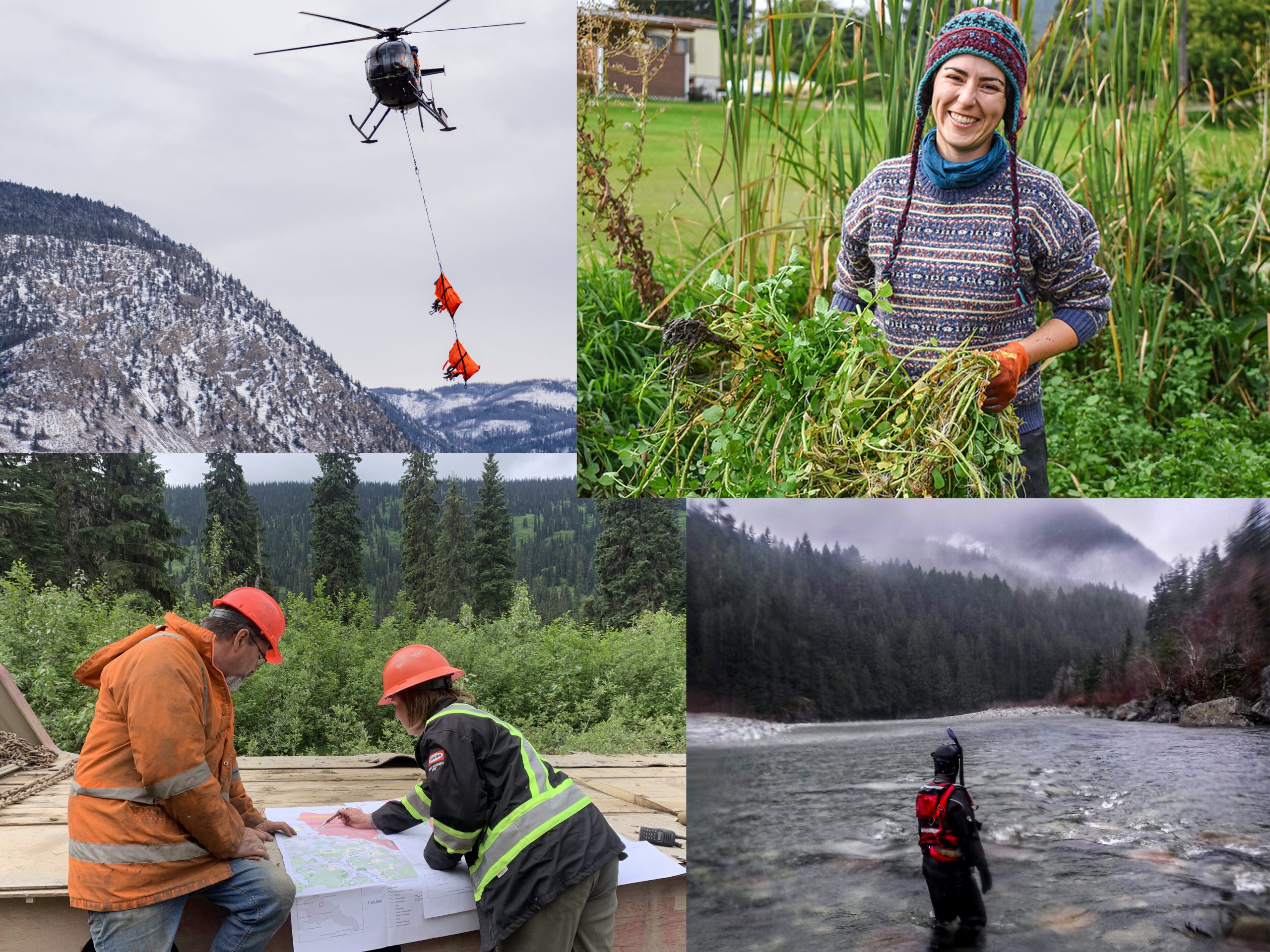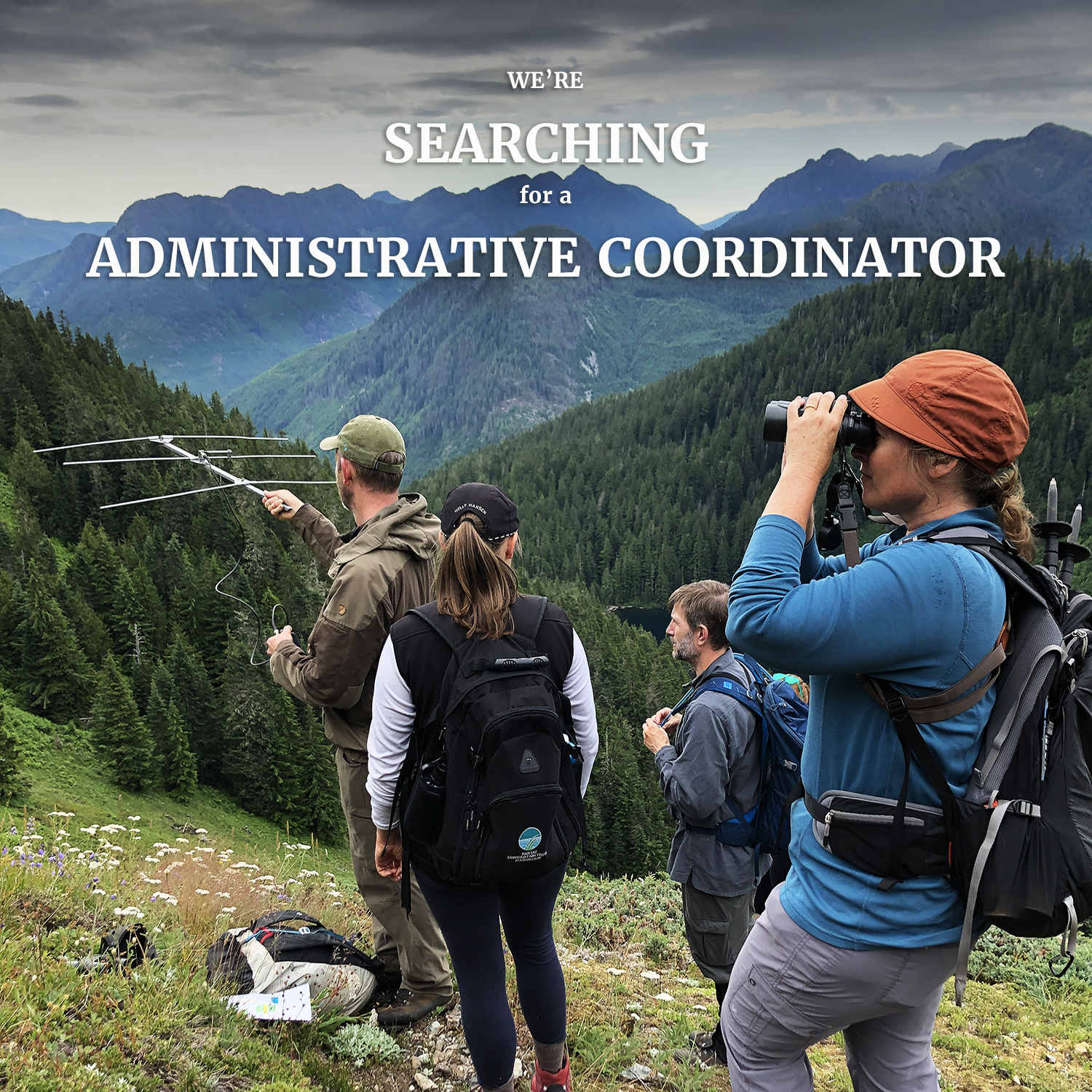The Habitat Conservation Trust Foundation is looking for a full-time Program Coordinator! We are seeking an individual who is energetic, self-directed, and has a positive approach to their career, their work and their colleagues.
The Program Coordinator is part of our Biology Team. The position reports to the Manager of Biology & Evaluation Services and works out of our Victoria office. The Program Coordinator administers and implements several funding programs and is responsible for ensuring that these programs meet HCTF strategic objectives to improve the conservation outcomes of BC’s fish and wildlife and their habitats.
Application Closing Date: Friday, February 5th 2021 (at midnight PST)
Job Type: Permanent, full-time
Salary: Grid 21, $59,862 annually
For more information visit our Careers page or have a look at the job description and qualifications below:
Program Coordinator Job Description
To apply, please email a cover letter and CV describing how you meet the required qualifications to careers@hctf.ca












